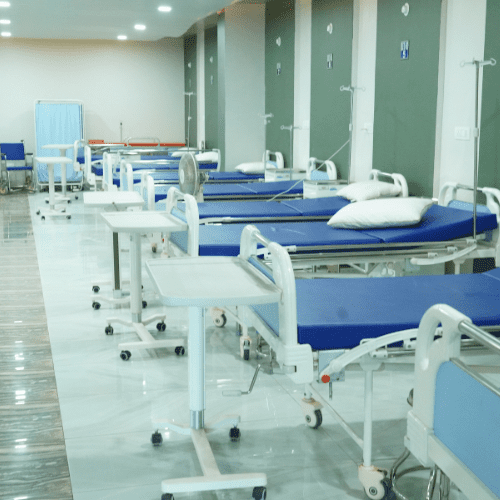The liver is one of the most remarkable organs in the human body, primarily due to its unique ability to regenerate itself. This capability not only ensures the maintenance of vital bodily functions but also offers a crucial lifeline in recovery from injury and disease. Understanding how the liver heals itself involves delving into the intricate mechanisms at play in this complex process, as well as the various factors that influence its regenerative capacity. This article aims to elucidate these aspects, providing insights into the liver’s remarkable resilience.
Understanding the Mechanisms Behind Liver Regeneration
The liver’s regenerative capacity is largely attributed to its unique cellular architecture and the presence of specialized cells known as hepatocytes. Hepatocytes can undergo rapid mitosis, a process where cells divide to produce new cells, allowing for tissue replacement following injury. This regenerative response is initiated by various signaling pathways that activate in response to cellular damage or loss. Among these pathways, the hepatocyte growth factor (HGF) and transforming growth factor-alpha (TGF-α) play pivotal roles in promoting cell proliferation and facilitating tissue repair.
Additionally, the liver possesses a remarkable ability to adjust its functional capacity based on the extent of damage experienced. When a portion of the liver is removed or damaged, the remaining hepatic tissue can increase its metabolic activity and function, compensating for the loss. This adaptive response is regulated by a complex interplay of hormones and growth factors, ensuring that the liver can maintain homeostasis while simultaneously undergoing regeneration. Furthermore, studies have shown that liver stem cells, though present in limited numbers, can contribute to regeneration under certain conditions, adding another layer of complexity to our understanding of liver healing.
The regenerative process is not merely a straightforward cellular reaction; it is a highly coordinated event that involves interactions among various cell types within the liver, including endothelial cells and immune cells. These interactions help to create a favorable microenvironment that fosters regeneration. For example, immune cells can release cytokines and growth factors that stimulate hepatocyte proliferation, highlighting the importance of the liver’s cellular ecosystem in facilitating effective healing.
Factors Influencing the Liver’s Healing Process and Capacity
Several intrinsic and extrinsic factors can significantly influence the liver’s ability to regenerate. One of the primary intrinsic factors is age; younger individuals typically exhibit more robust regenerative responses compared to older adults. This may be attributed to a decline in the cellular function and regenerative capacity of hepatocytes as the body ages. Additionally, genetic variations can play a role, as some individuals may possess genetic predispositions that enhance or hinder their liver’s regenerative abilities, impacting their overall recovery from liver injury.
Extrinsic factors, such as diet and lifestyle choices, can also profoundly affect liver health and its regenerative capacity. For instance, excessive alcohol consumption, obesity, and poor nutrition can lead to liver diseases such as cirrhosis and fatty liver disease, which impair regeneration. Conversely, a balanced diet rich in antioxidants and anti-inflammatory compounds can promote liver health and enhance its healing processes. Regular physical activity is similarly beneficial, as it helps maintain metabolic health, thereby supporting overall liver function and regenerative capacity.
Furthermore, medical interventions and the presence of underlying health conditions can impact liver regeneration. Conditions such as diabetes, hypertension, or chronic viral infections may hinder the liver’s ability to heal by causing ongoing damage or inflammation. On the other hand, advancements in medical treatments, such as targeted therapies and regenerative medicine approaches, hold promise for improving liver healing. These treatments aim to enhance the liver’s natural regeneration mechanisms or provide external support to promote recovery, thereby highlighting the importance of a multifaceted approach to liver health.
In conclusion, the liver’s ability to regenerate is a remarkable phenomenon that underscores its importance in human health and recovery from injury. The mechanisms behind this regeneration involve complex cellular processes and interactions, ensuring that the liver can effectively heal itself. However, various factors—ranging from age and genetics to lifestyle and medical interventions—can significantly influence this capacity. Understanding these dynamics not only enhances our appreciation for the liver’s resilience but also informs approaches to improve liver health and promote recovery in individuals facing liver-related challenges. As research continues to uncover the intricacies of liver regeneration, it holds the potential for innovative therapies that could harness this remarkable ability for therapeutic benefit.




